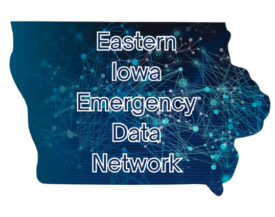What is AREDN?
AREDN (Amateur Radio Emergency Data Network) is a project that enables licensed amateur radio operators to build high-speed data networks using radio frequencies, primarily in the microwave (UHF and above) bands. These networks are designed for emergency and public service communications, offering resilient, decentralized alternatives to the internet. By leveraging modified off-the-shelf wireless equipment and open-source firmware, AREDN transforms ordinary routers into powerful mesh network nodes that can link entire communities, even in the absence of traditional infrastructure.
The AREDN firmware supports a mesh networking protocol that automatically routes data between nodes, allowing for dynamic and redundant paths across the network. This makes AREDN especially useful during natural disasters or large-scale emergencies, where internet or cellular service may be unavailable. It can support voice-over-IP, email, video streaming, file sharing, and even web services—all over amateur radio frequencies. AREDN networks are commonly deployed by amateur radio clubs in a support capacity for emergency management agencies, and volunteer organizations looking to bolster their communications capabilities during critical times.
